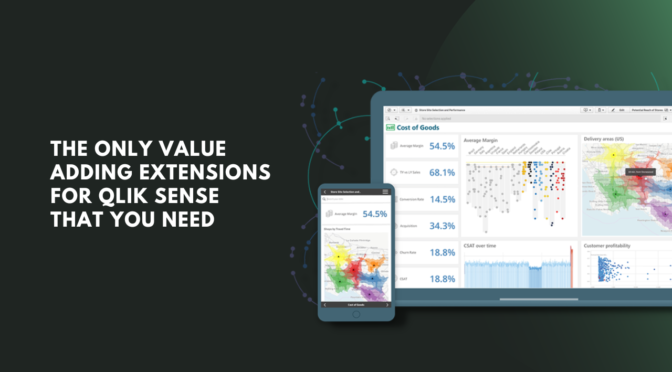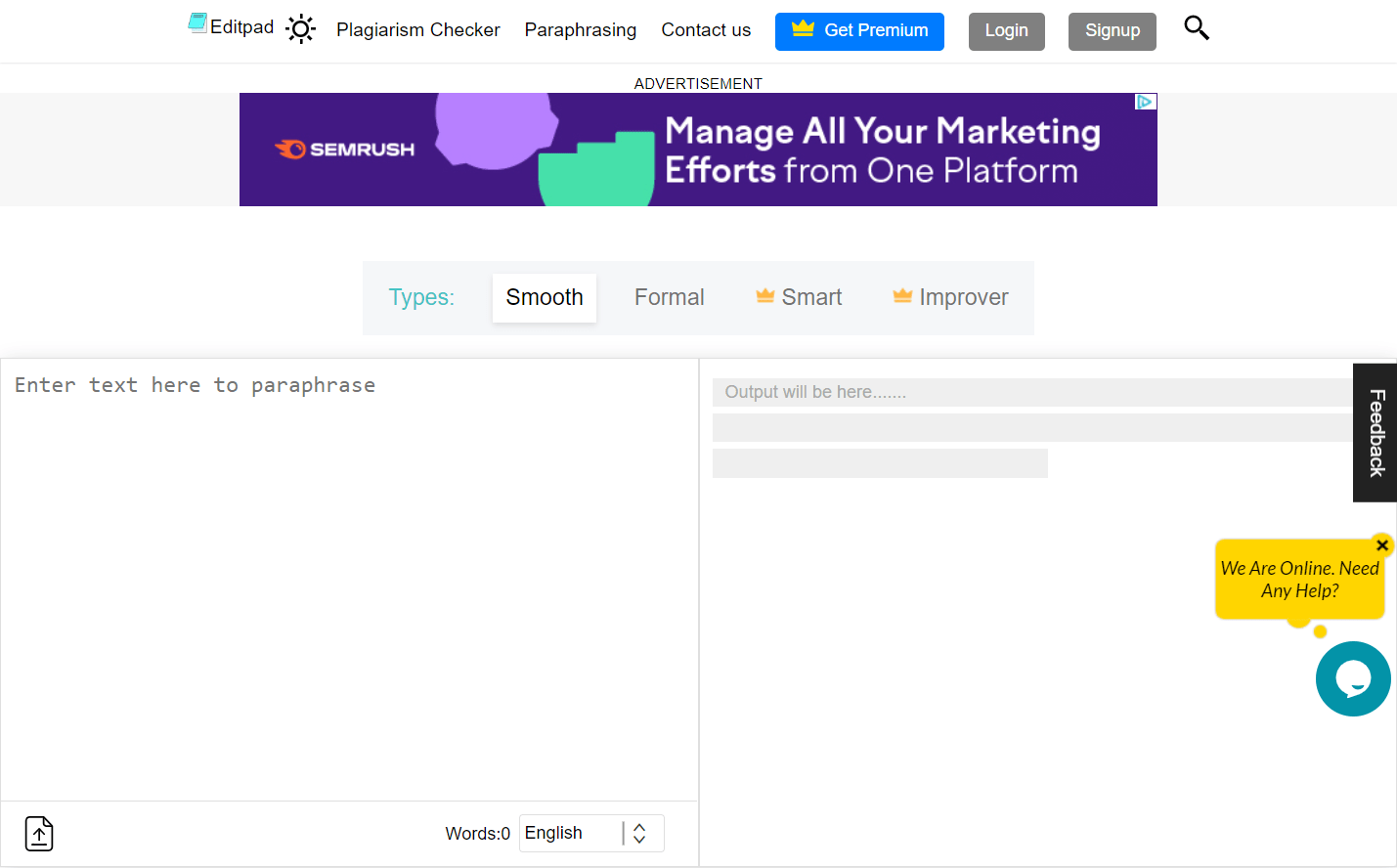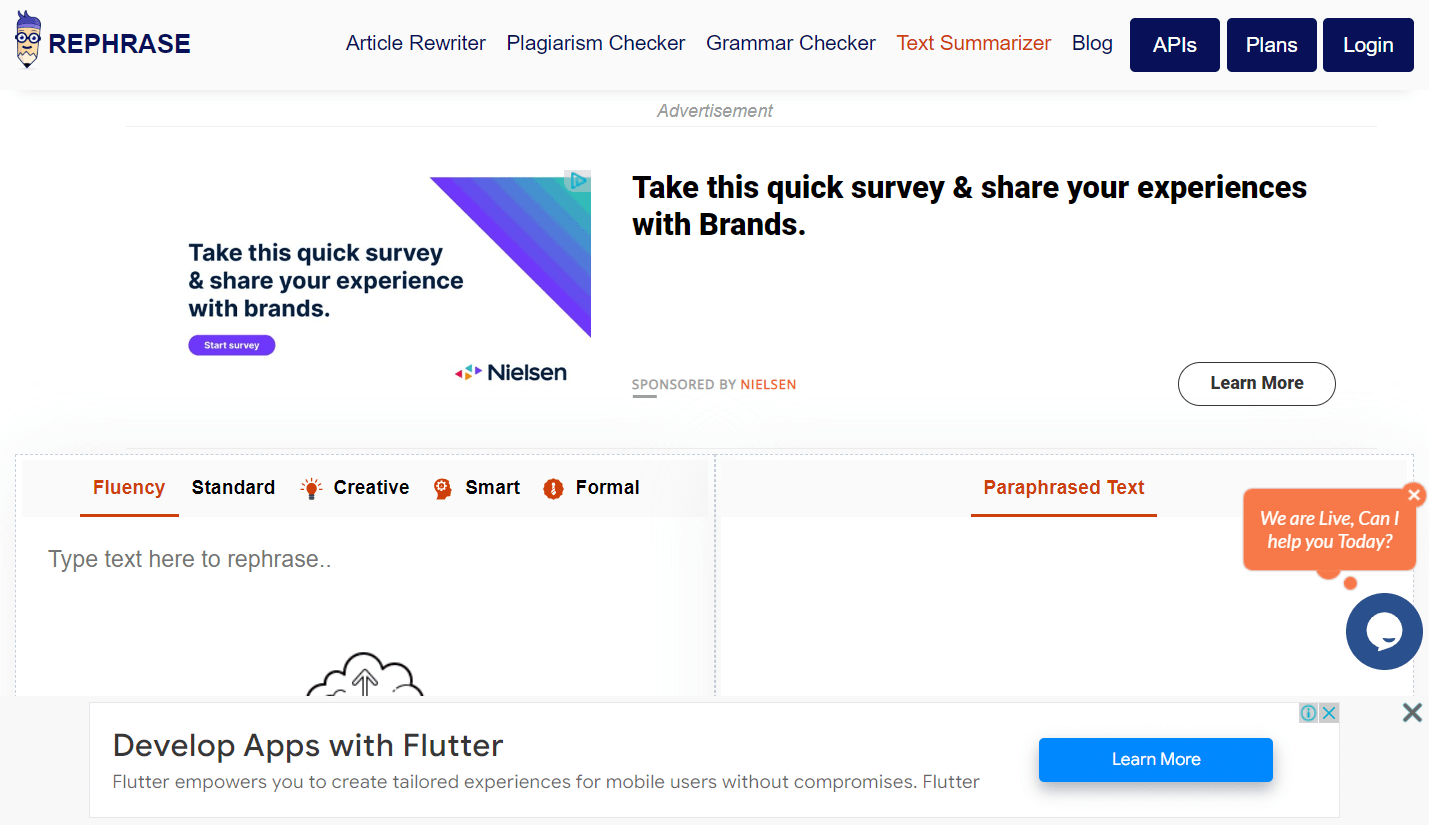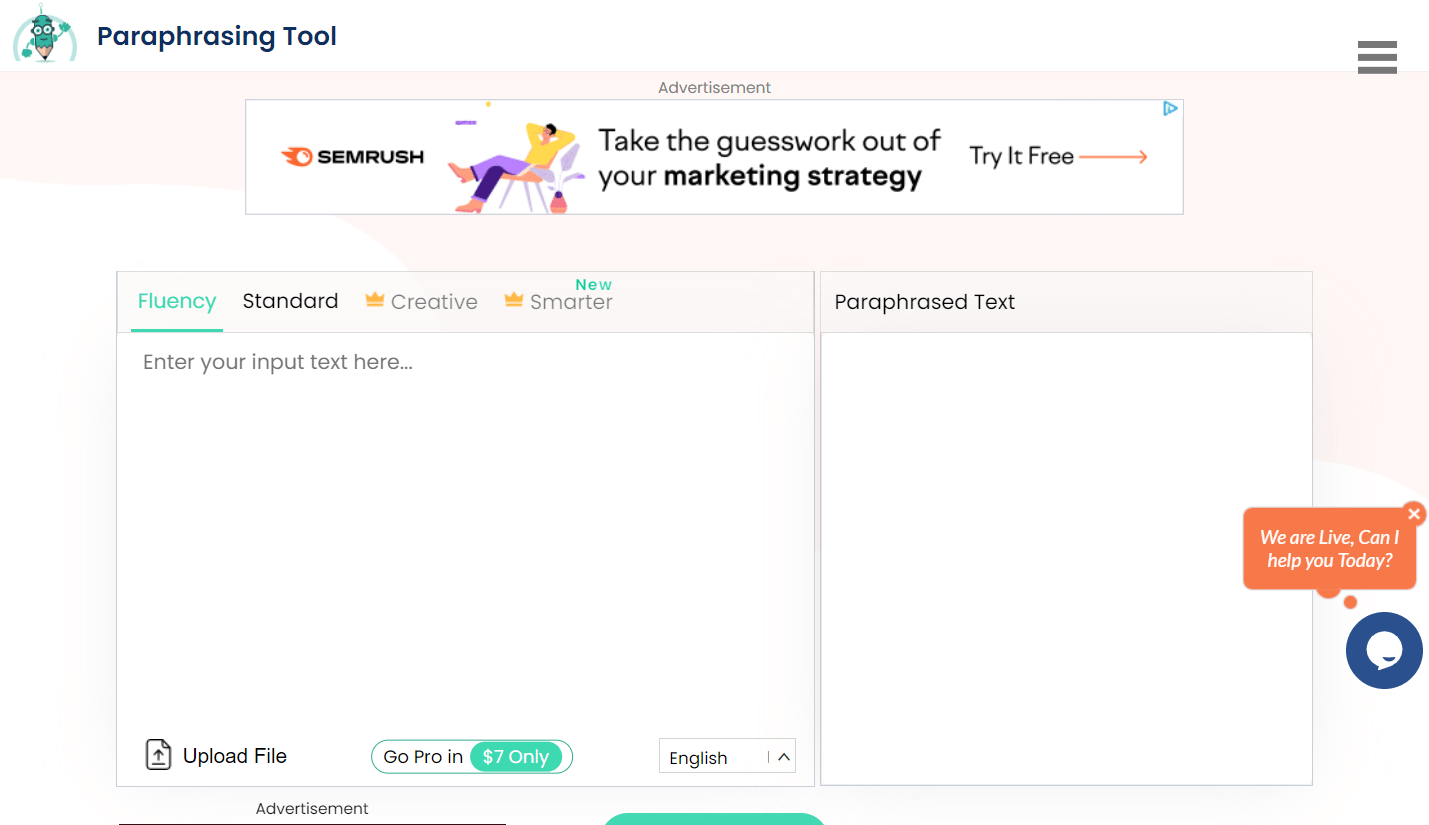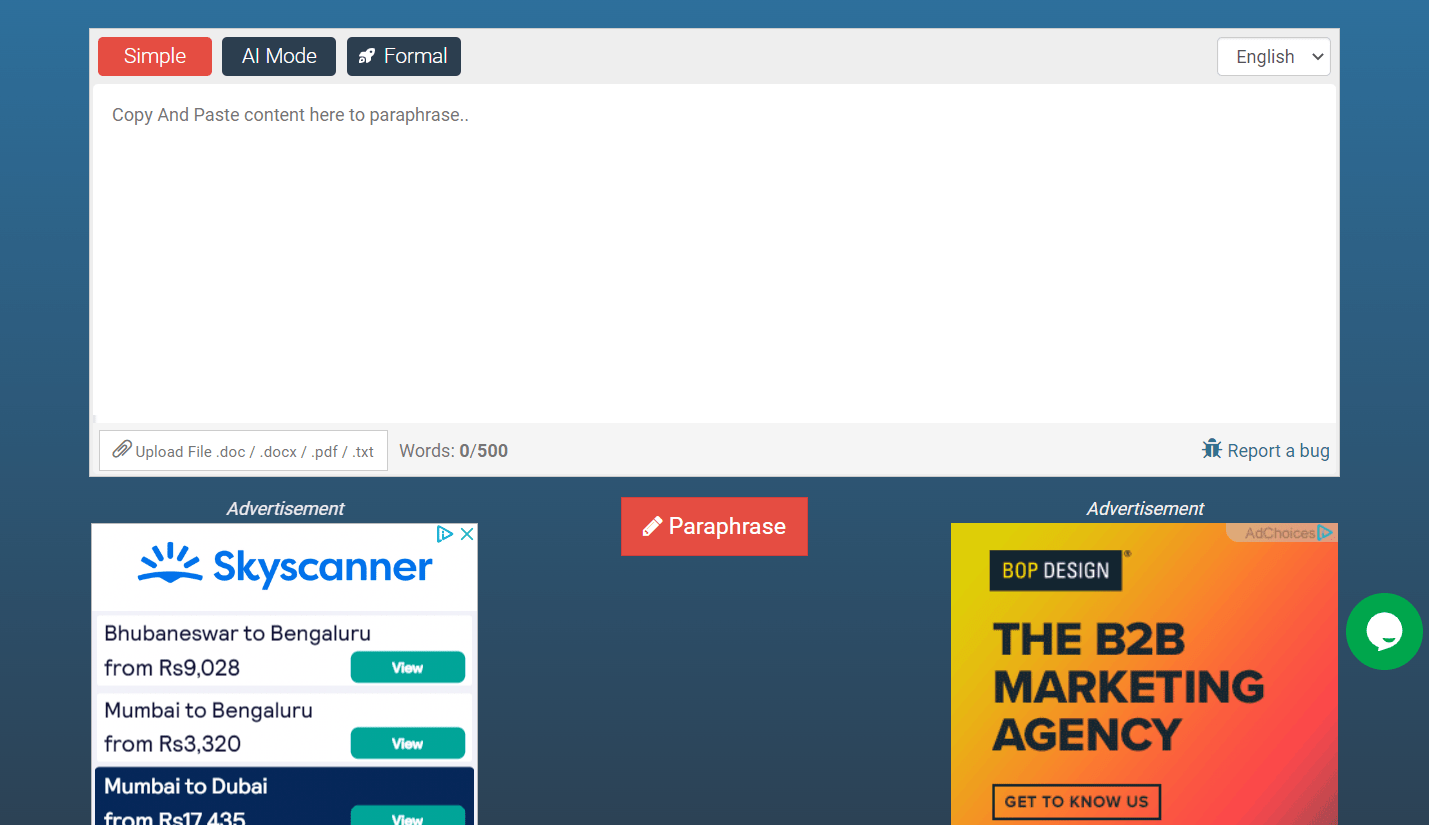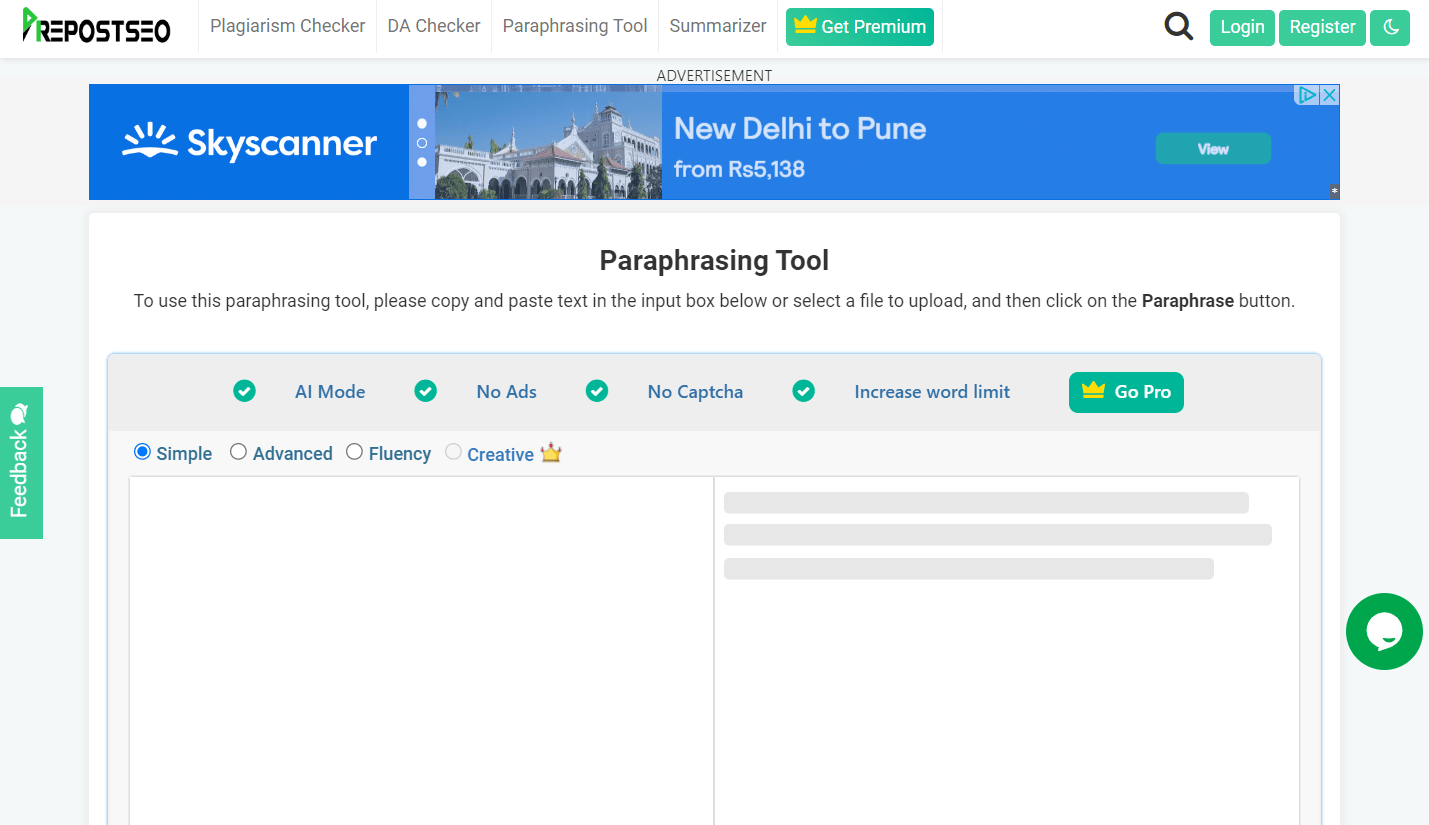As a marketing agency, your biggest job is to make your clients visible, attractive, and competitive in the market. You might also need to partner with other agencies to extend your service portfolio for your clientele, rather than doing everything in-house. This is where the concept of white-label SEO comes in handy. This SEO service is growing in popularity, and many digital marketing companies are adopting the model. You are perhaps wondering what this model of SEO is all about and how it can benefit your agency. Well, here is an ultimate guide to everything you should know about white-label SEO:
Definition
It is essentially a partnership between two agencies: the marketing agency and an SEO-specialized company. The marketing agency is marketing the product for a client but indirectly via a specialized SEO agency. The agency has the expertise to do all the SEO work on behalf of the marketing agency but doesn’t take credit.
All the credit comes back to the digital marketing agency because the SEO services appear under their brand. The client, therefore, gets a consistent, effective, and relatively economical solution from a third party. Let’s say that the marketing agency, in this case, acts as a broker, yet the client is not aware of it. It loosely translates to offering services under your brand, yet a different company does the service. It is a win-win for both parties!
How it Works
The model works depending on the selected partner, the type of partnership, and the services you want to get done. Account management and client relationship are common where the agency handles accounts and client management matters. Everything else that involves SEO campaigns and respective deliverables is left in the hands of the provider.
In other cases, the partner can interact with your client as an extension of your agency. This SEO collaboration can also work as sales enabled. In this case, you use your white label SEO provider as collateral to confirm your expertise. The agency gives you the necessary material and evidence to win your client’s trust and get the deal. In this case, the SEO company’s purpose is to apply and close the sales.
In another case, an SEO agency may only give you a specific range of SEO services. You can get specific services in content management, link building, strategy, and campaign insights. Alternatively, you can opt for a collection of SEO services.
Benefits of using White Label SEO
Don’t get it wrong. An in-house SEO solution could work fine and produce quality campaigns. However, the model gives you an avenue to experience broad benefits. Some of the benefits of using this collaborative model include:
- Cost-Effective
The model can increase your revenue without the overhead. If your agency doesn’t offer SEO services, partnering with an SEO company allows you to get clients seeking SEO services. The good thing here is that you don’t need to train employees or acquire customers. Ultimately, it becomes a cost-effective strategy.
- Mutual Relationship and More Revenue
Again, you don’t need to commit resources to create systems and processes needed for SEO services. You simply acquire the experience, credibility, and expertise of your partner by virtue of partnerships. Remember, your success is the success of your partner SEO agency. If the SEO agency is doing tremendous work, you will probably find bringing more clients on board easier. This becomes a mutual relationship, and you both expand.
- Stay Updated
Furthermore, outsourcing SEOs allows you to stay up to date. Remember SERP algorithms keep changing for better SEO. If your company is concerned with other functions, it becomes hard to track SEO changes. Therefore, it makes sense to give such roles to companies that major in SEO because they are in a good position to track and update new changes.
- Consistency
The right SEO agency offers consistency. Since they are experts in SEO services, their output is consistent and polished. If you use an in-house team and then delegate the work to underqualified people within your team, you will probably not get the same output. Consistent quality output is critical to winning the client’s heart.
What you should expect from the SEO agency
Remember, SEO companies have different approaches and philosophies. However, the agency must find a way to meet your needs and that of your client seamlessly. For a label SEO agency to meet your needs, there are certain things you should expect from them. They include:
- Reporting dashboard
Your digital marketing agency should have access to an up-to-date SEO reporting dashboard. This way, you can feed your client with important campaign updates when required.
- On-site optimization
On-site optimization is SEO strategies on the website used to improve page ranking. They include URLs, keywords, titles, alt tags, Meta descriptions, website crawl, and site architecture.
- Off-site optimization
These are actions/strategies outside the website taken by the SEO agency to grow your organic traffic and rank higher in the search engine. They include forum posting, social media marketing, backlinks, guest posting, and local listing.
- Scope of Content
Content creation involves videos, infographics, slideshows, polls, and quizzes used to improve a page’s search visibility. A good SEO agency should provide a good content scope with a range of options for your client.
Characteristics of a good SEO agency
When looking for a suitable SEO agency, it is important to find an agency that meets your needs. This way, you will easily satisfy your client and grow your reputation. Some of the best characteristics of a good SEO agency include the following:
- Set out a long-term strategy for your needs.
- Provide reliable metrics and reporting to update and satisfy your client constantly.
- Have a good success story with clients in your line.
- Ready to support in every step related to SEO marketing.
- Dedicated to the growth and managing partner.
Common Challenges
Collaborative SEO is a wonderful idea for your agency. However, you should also know that there can be challenges that you should avoid to make everything work:
- Communication Problems
In most cases, the SEO agency doesn’t sit in the same physical office as the marketing agency. Remember, trust is crucial for seamless operation and relationship with SEO agencies. Without proper communication, you may not create a trust for an effective partnership.
However, you can find ways to improve communication with SEO agencies. Set out clear expectations from the beginning, commit to regular meetings, and talk to real individuals. Improved communication will enable proper working relationships and service delivery.
- Setting right Expectations
The two partners should set clear and realistic expectations. However, most partners rush into the deal without proper deliberation. If the expectations are not well set, you will probably experience issues along.
- Managing Workflows
The SEO provider and digital marketing agency are two partners with probably different management and operation strategies. Service delivery will go down if the two partners fail to integrate their workflows to meet client demands. It is, therefore, important to harmonize the workflows so that you don’t slip and allow your competitors to edge you.
Final Thoughts
That’s it! We hope you now know a thing or two about the concept of white-label SEO. As a rule of thumb, you should choose an agency that meets your needs and that of your client. If your selection is right, you will effortlessly grow your agency and reap the many benefits of this SEO model!


